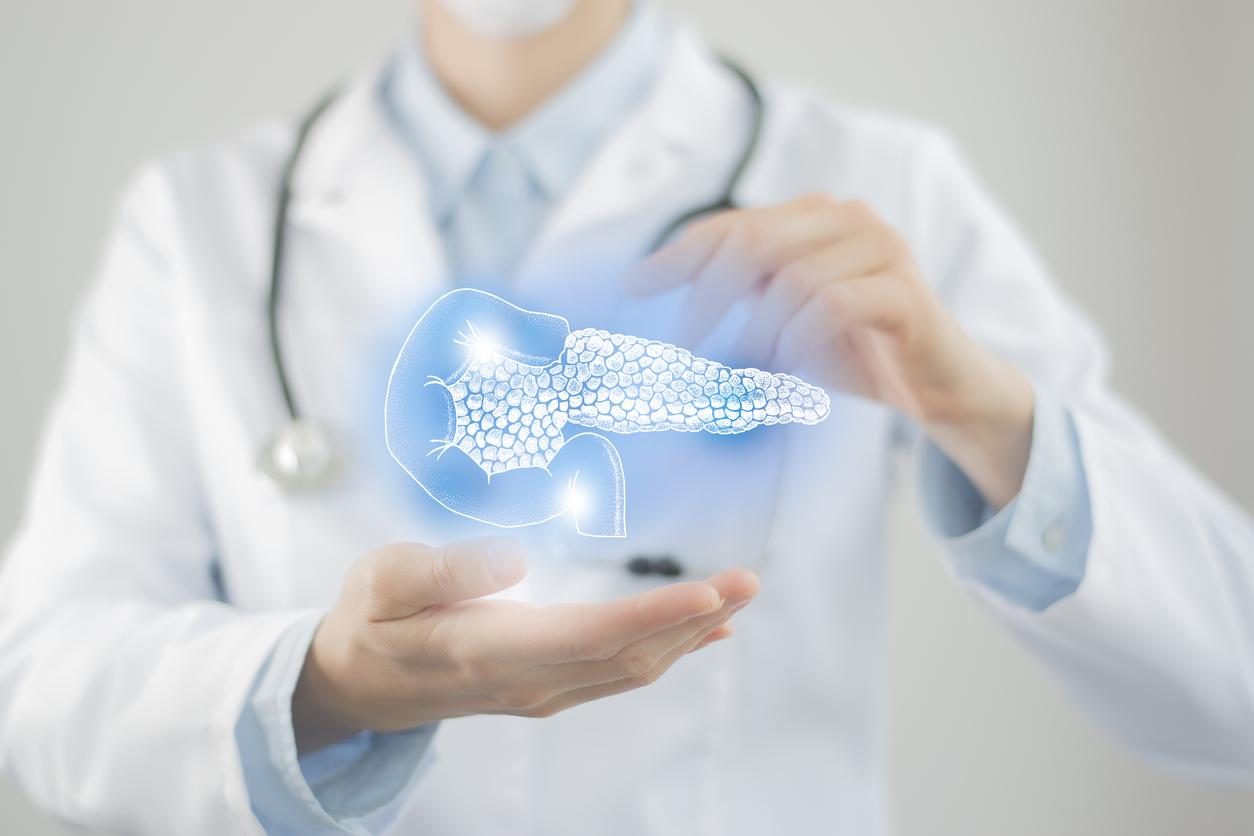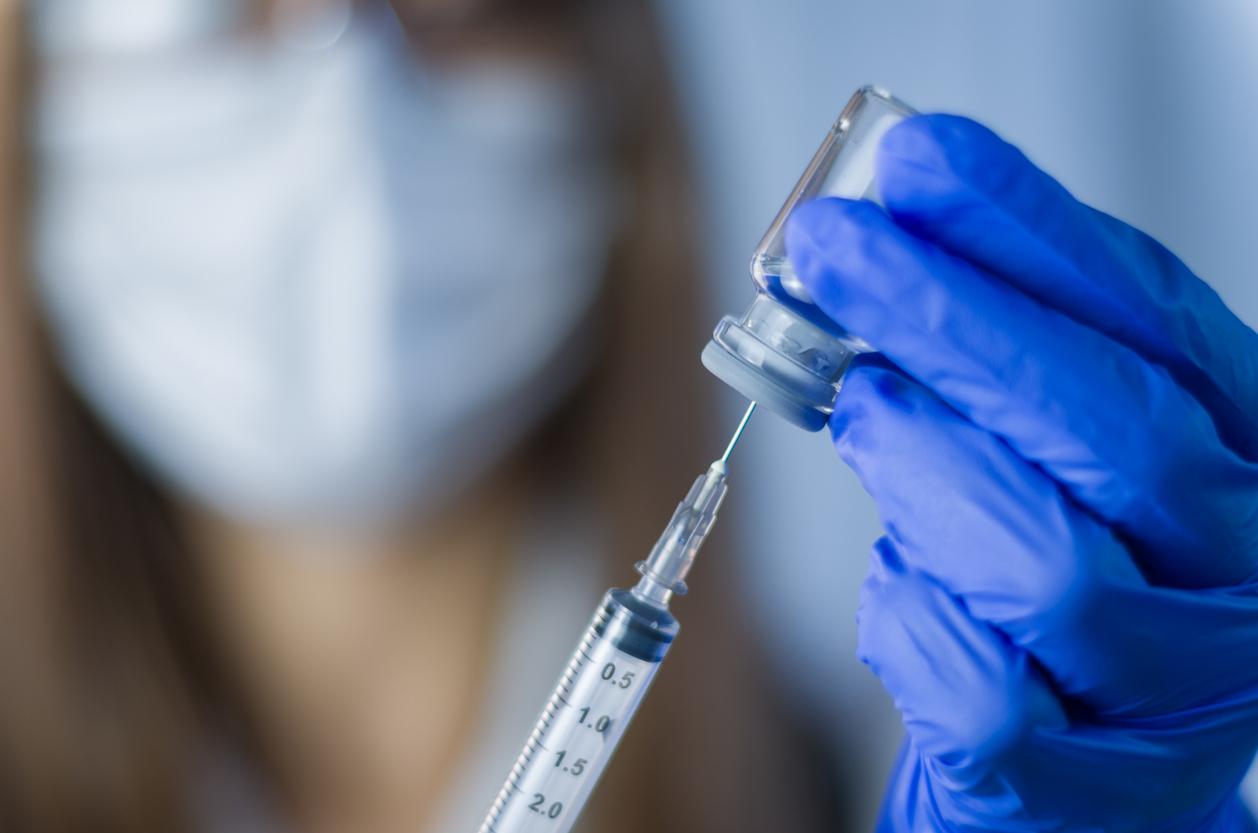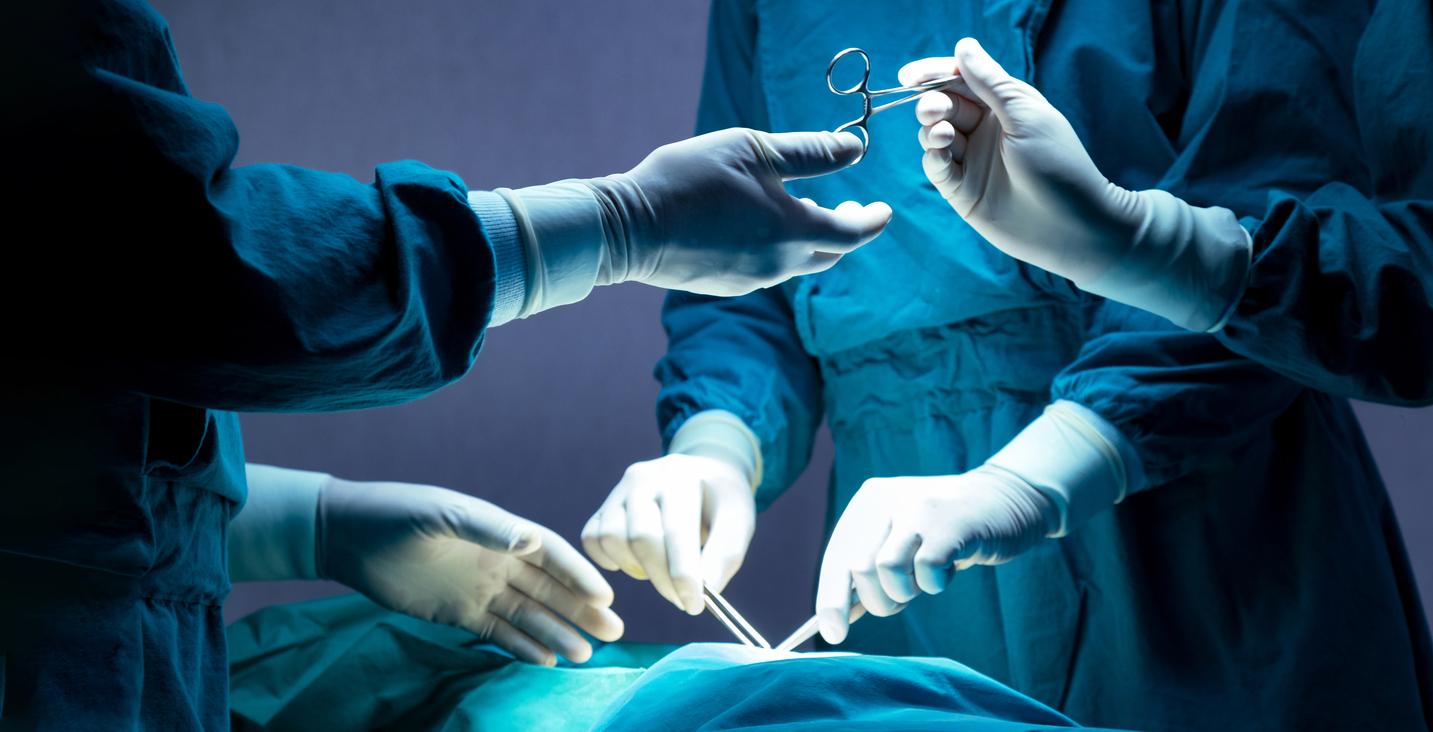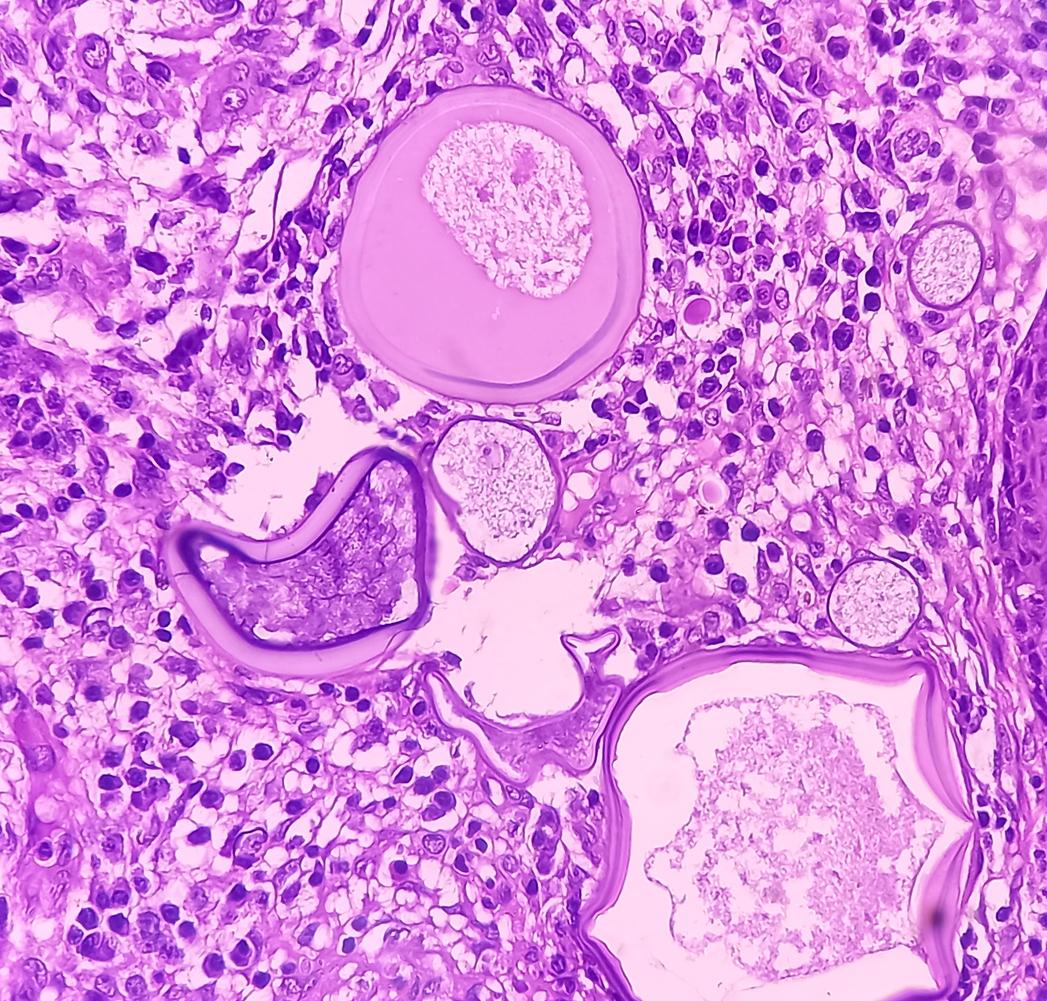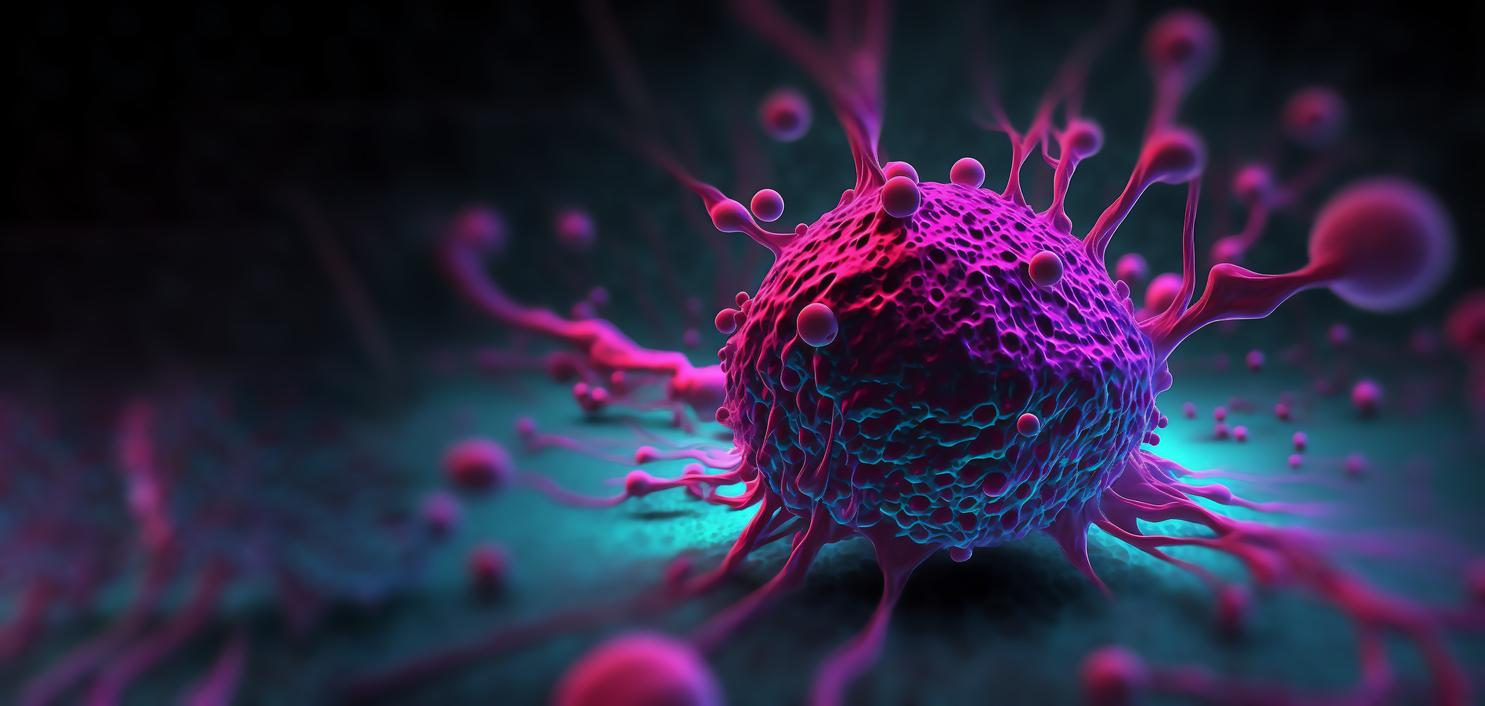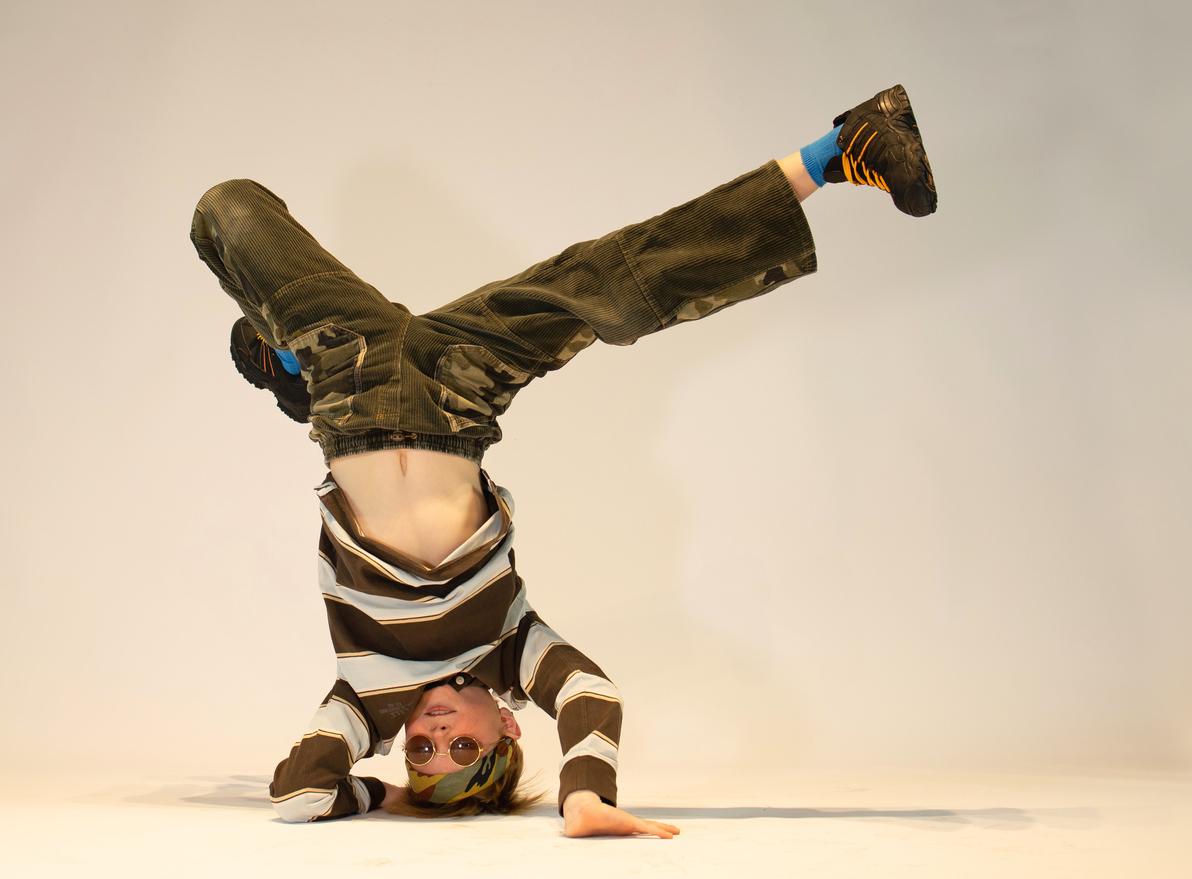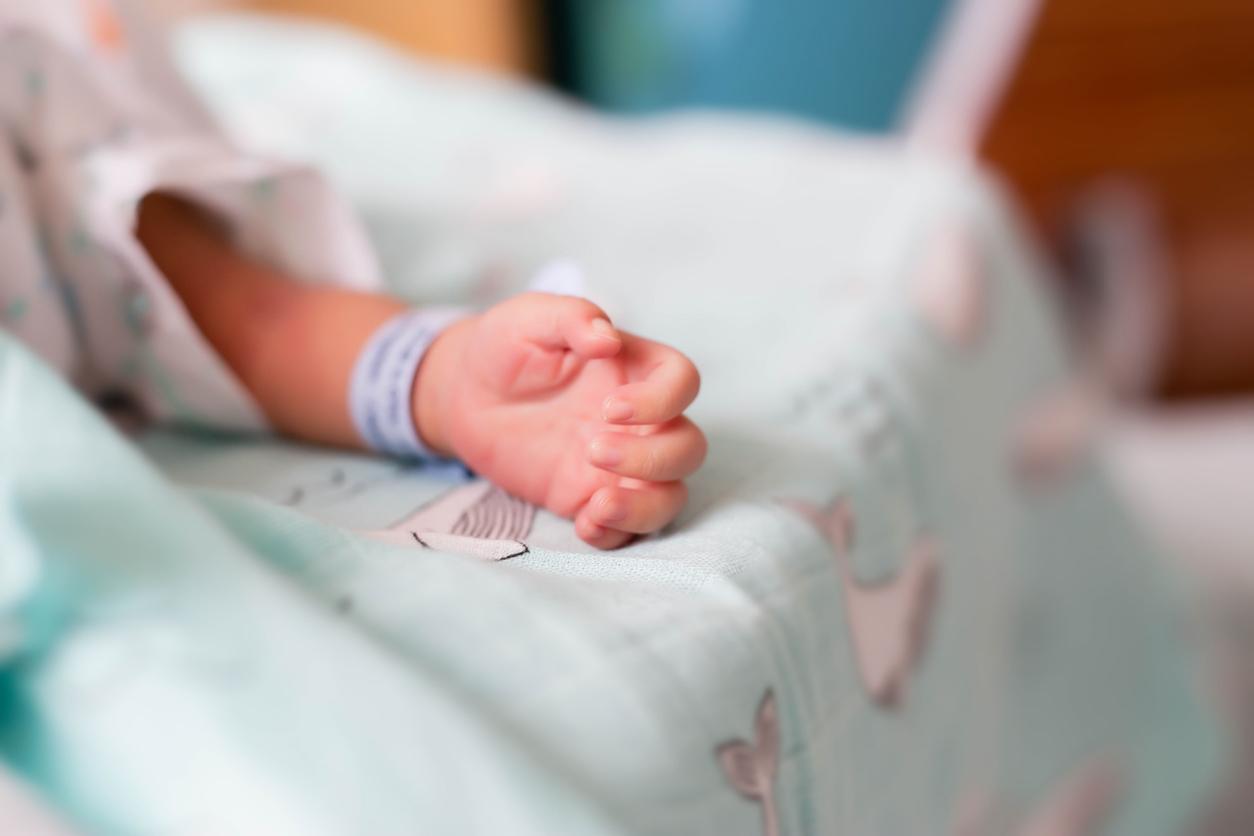It is the most killer cancer and yet patient care is scattered. To catch lung cancer fast, the best in oncology and surgery are working hand in hand.

Young, sporty emeritus, Andréa did not imagine that she was going to be at the origin of the creation of a high-tech health institute. In this case that of the institute of thoracic oncology. At 26, Andréa was a member of the Italian Olympic riding team when her life changed. Suddenly, she can no longer swallow. Very quickly, doctors diagnose a tumor in the chest. A surgical intervention then follows and the verdict falls: the tumor is not very progressive but inoperable. The only solution is to put a spring in the esophagus to allow the young woman to swallow.
“After that, she just had to wait for death,” comments Prof. Philippe Dartevelle, vice-president of the Institute of Thoracic Oncology and director of the Marie Lannelongue surgical center. But, her mother looked around the world for other opinions and she finally came to see me. I confirmed to her that no radiation or chemotherapy treatment could do anything for her daughter. However, I could attempt a devilish intervention to remove the tumor and restore the esophagus. 15 hours later, Andréa could swallow again, without the aid of a spring, and without Damocles’ sword above her head.
So that this beautiful story does not remain unique in its kind, Professor Dartevelle had the idea of creating an institute that would combine the best of oncology and surgery. He therefore naturally turned to the Mecca of cancerology, the Gustave Roussy Institute (IGR). “We could not be satisfied with the current treatment of lung cancer. It is the deadliest of all cancers. And recent progress is really very modest, says Dr Thierry Le Chevallier, from IGR and president of the new Institute of Thoracic Oncology. The only way forward was to take this disease as a whole, from prevention to treatment, including early detection. “Of course, the cooperation between surgeons and oncologists does not date from today. But, “this new institute, unique in Europe, goes beyond cooperation,” believes Philippe Dartevelle. It’s a real interweaving of the best teams. “
Listen to Philippe Dartevelle, surgeon at the Marie Lannelongue Center: “Before, we removed entire lungs, now we re-implant lobes. It’s a real Meccano game! “
However, currently, in lung cancer, diagnostic and therapeutic equipment is completely scattered. Radiologists and pulmonologists do not work on the same platforms… “Suddenly, we have a view of the patient in a thousand pieces, regrets Thierry Le Chevalier. And it is completely exhausting for the patient ”. Having Gustave Roussy oncologists and surgeons work hand in hand can therefore save precious time. The IGR and the Marie Lannelongue Surgical Center, for example, work a lot on small nodules of a few millimeters. This expertise makes it possible to diagnose small, early tumors.
Of course, the best organization of care alone will not be enough to fight lung cancer. But, the history of the care of AIDS gives good hopes to the persons in charge of the Institute of thoracic oncology.
Listen to Thierry Le Chevalier, oncologist at IGR: “The day we created platforms completely dedicated to AIDS, we managed to control this disease”.
The leaders of this new institute are also very ambitious. The goal is to triple the number of cured patients over the next ten years. In France, no less than 40,000 new cases have been identified and 30,000 people die from it every year.
.








